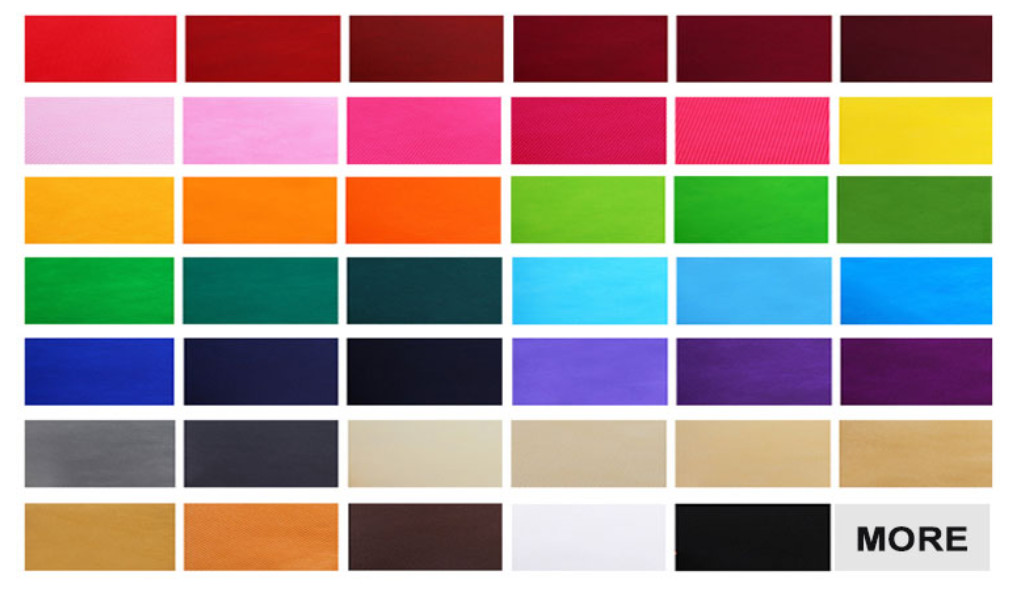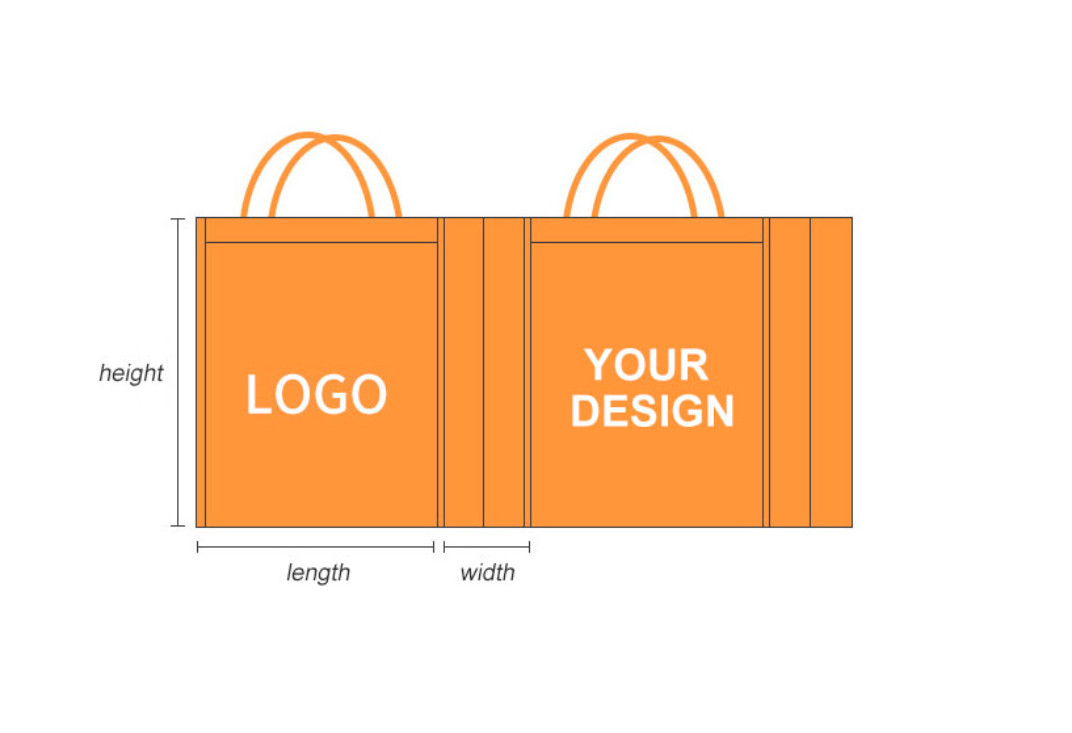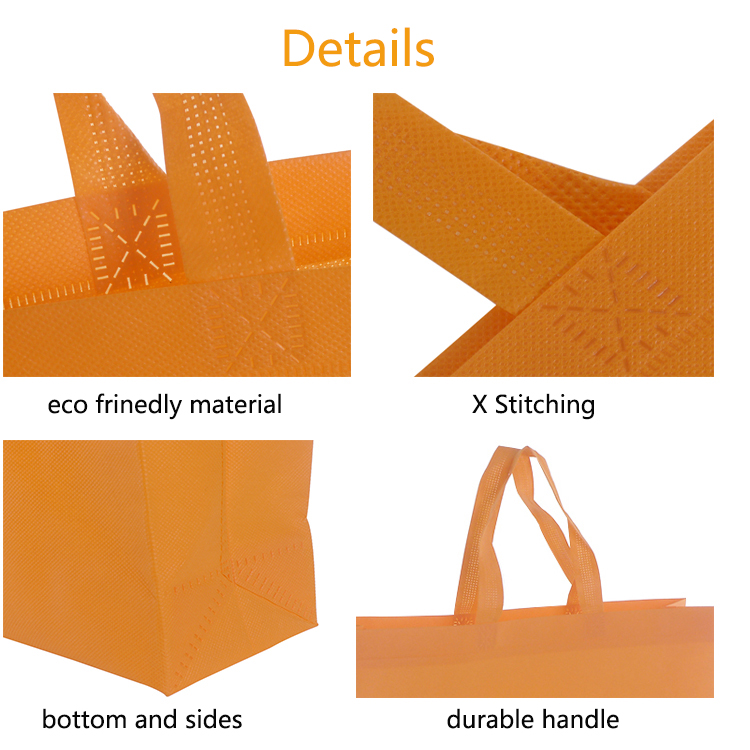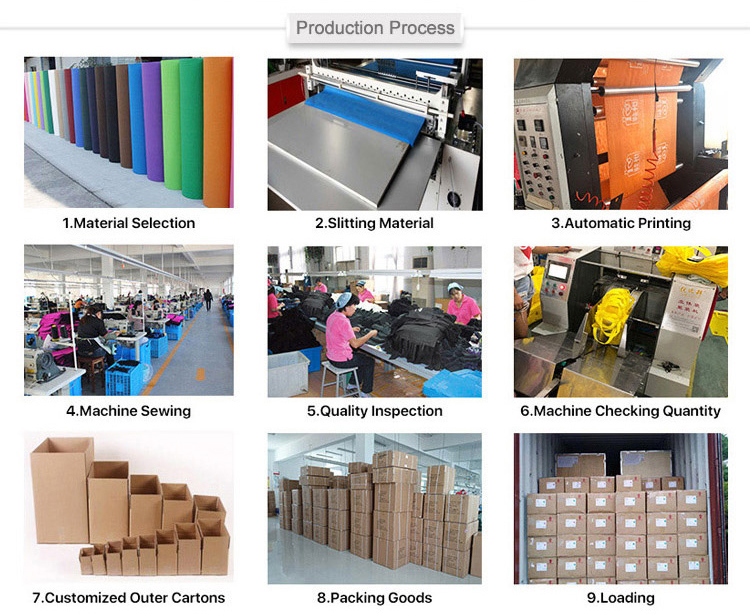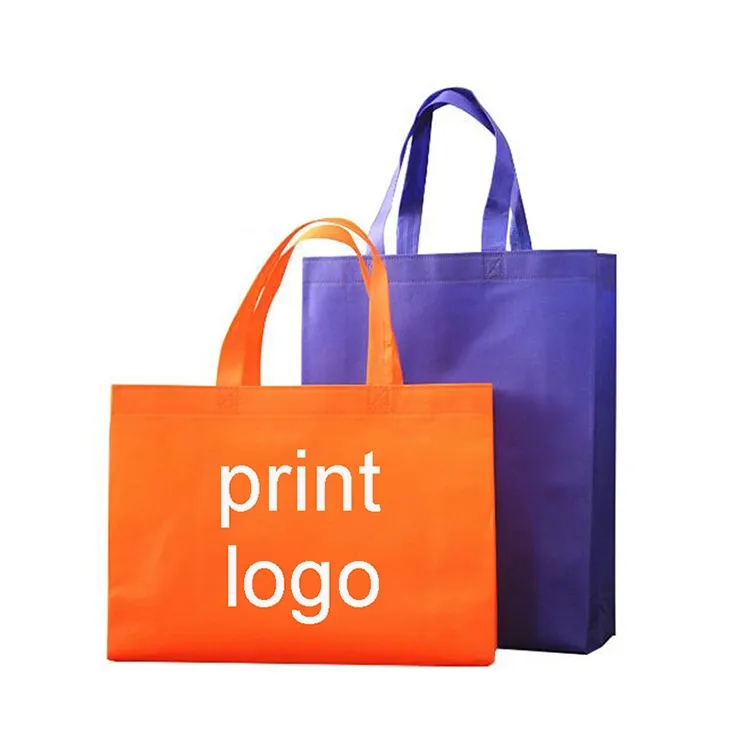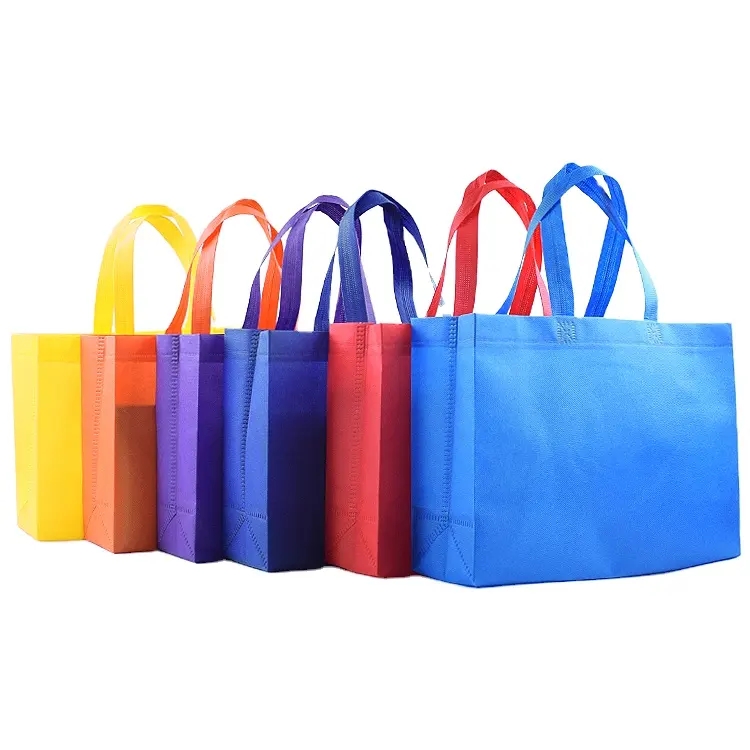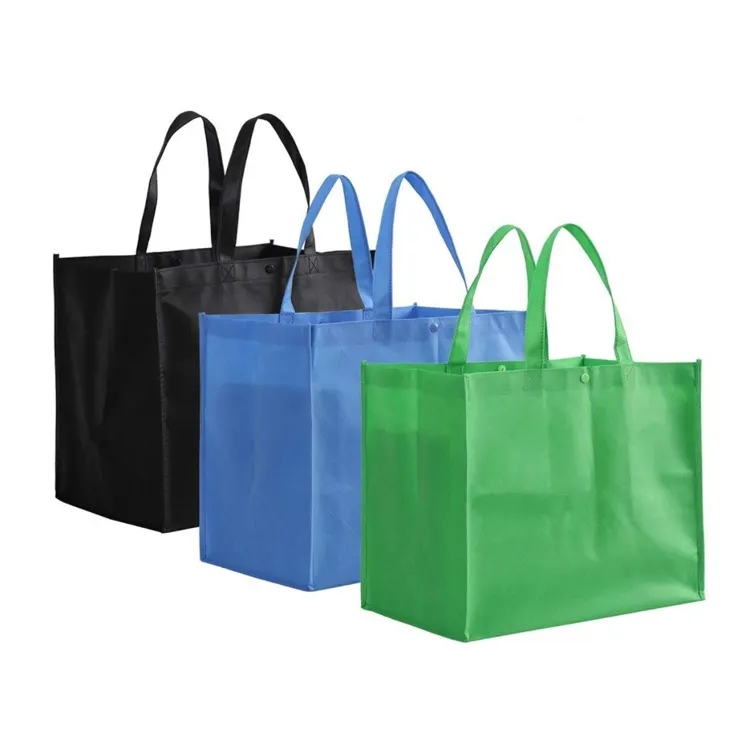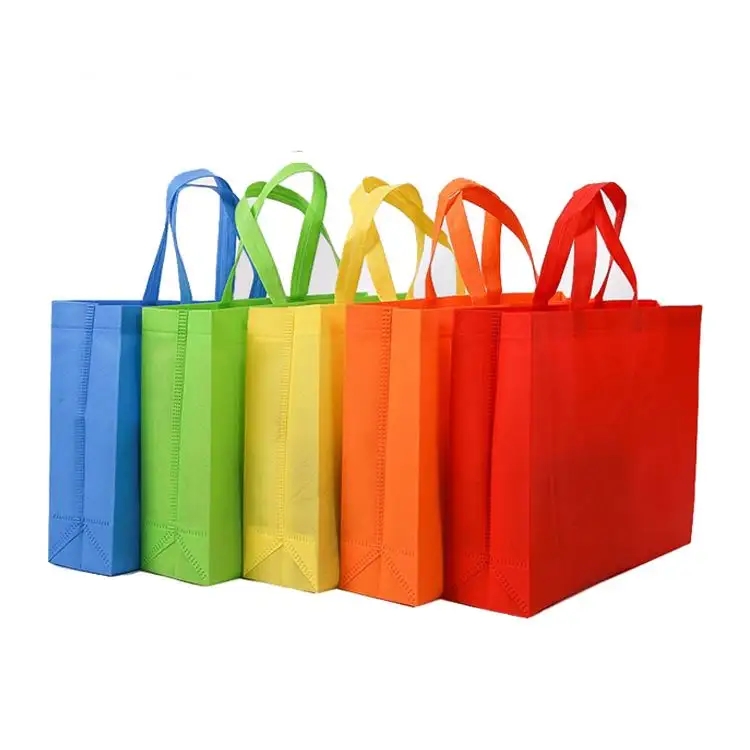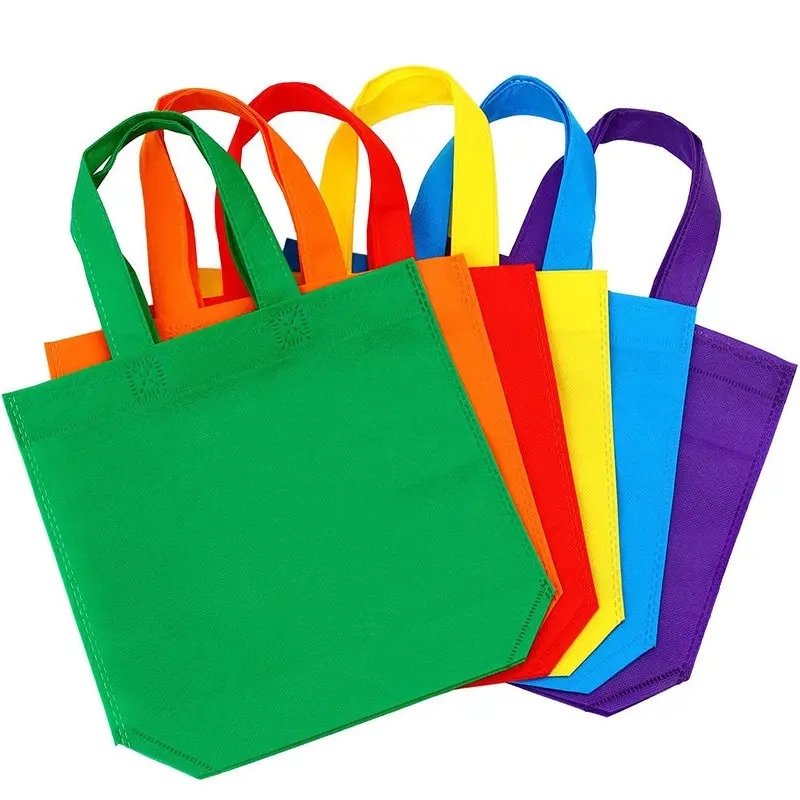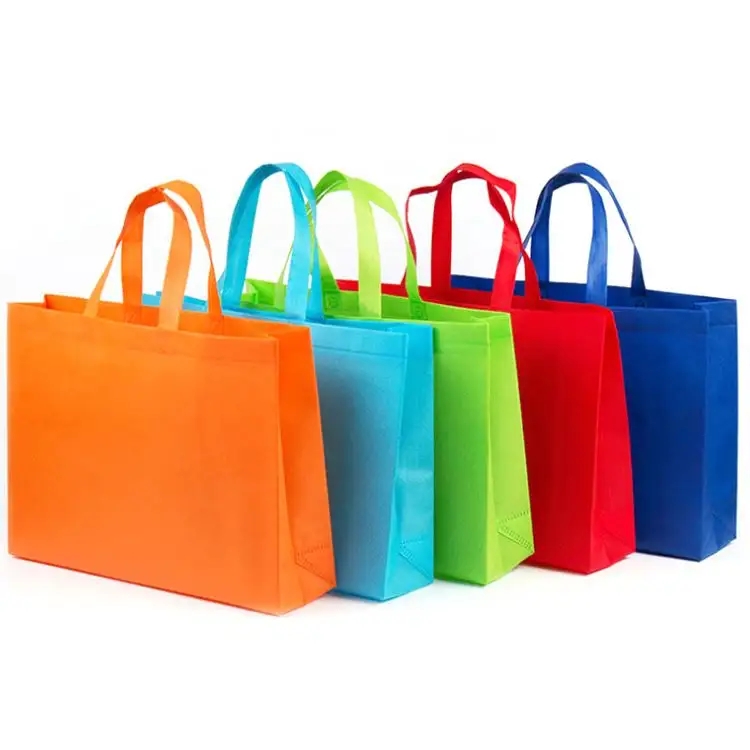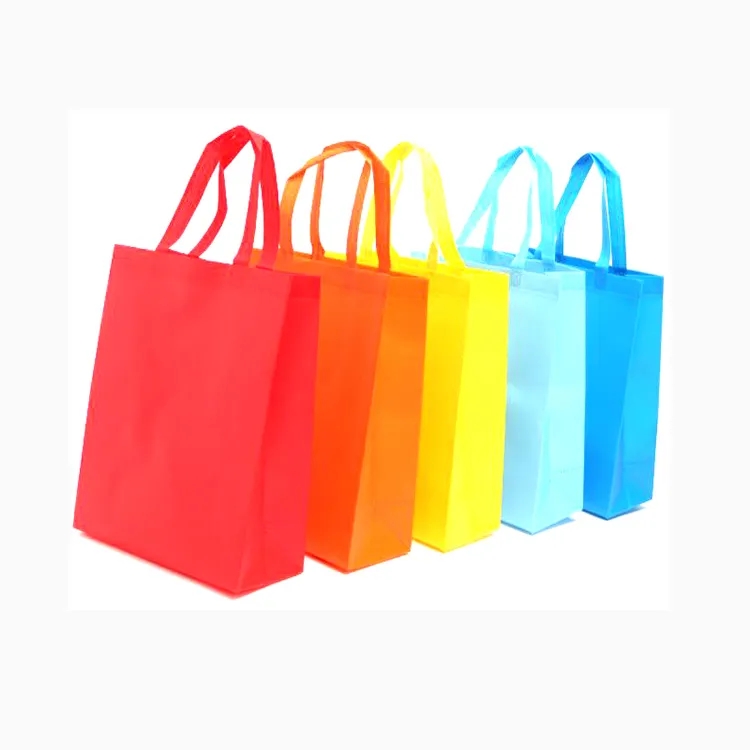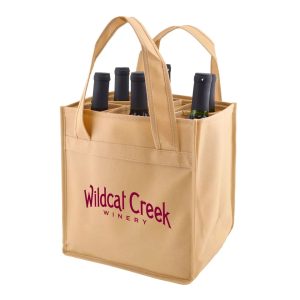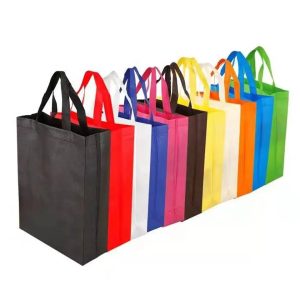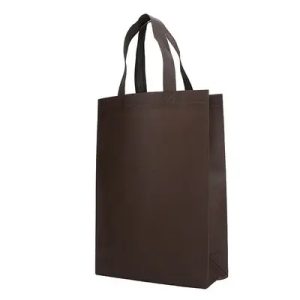Non-Woven Bags: Embracing Sustainability in Modern Packaging
Introduction: In an era defined by environmental consciousness, non-woven bags have emerged as a breakthrough solution in the realm of packaging. This article delves into the multifaceted advantages of non-woven bags, exploring their durability, versatility, and positive impact on the environment. Join us on a journey to uncover how these innovative bags are revolutionizing packaging practices while promoting a more sustainable way of life.
Uncompromising Durability for Longevity: At the core of non-woven bags’ appeal lies their exceptional durability. Crafted from resilient synthetic fibers, they possess unparalleled resistance to wear and tear. In contrast to disposable plastic bags, these companions are built to last, offering extended use and reducing the need for single-use plastics.
Championing Eco-Friendliness: In a time marked by heightened eco-awareness, non-woven bags take center stage as champions of sustainability. Their reusability translates to a significant reduction in single-use plastic waste, making them a vital tool in curbing plastic pollution. By adopting non-woven bags, individuals and businesses actively participate in the global effort to protect our environment.
Versatility Unleashed: Non-woven bags transcend their utilitarian role, becoming adaptable companions for diverse needs. Whether for grocery shopping, corporate events, or daily errands, these bags come in various sizes and can be personalized with logos and designs. This adaptability positions them as a versatile choice for both personal and professional applications.
Elevating Brand Identity: For businesses aiming to make a lasting impact, non-woven bags offer an unmatched platform for branding. Adorned with logos and artwork, these bags become tangible representations of a company’s commitment to sustainability and innovation, leaving an indelible impression on customers.
Striking the Balance Between Strength and Convenience: Non-woven bags epitomize the harmonious balance between strength and convenience. Despite their robust construction, they remain lightweight and easy to carry, enhancing the shopping experience for consumers while streamlining storage and distribution for businesses.
Preserving Freshness Through Air Circulation: A notable advantage of non-woven bags is their inherent breathability. This feature is invaluable for items that require proper air circulation, such as perishable goods or those susceptible to moisture buildup. By facilitating ventilation, these bags ensure product freshness and quality.
Conclusion: Non-woven bags signify a paradigm shift in packaging choices, encapsulating both practicality and sustainability. Their enduring durability, adaptability, and positive environmental impact make them more than just carriers; they are tangible statements of conscious choices. As society increasingly values responsible consumption, non-woven bags provide a tangible pathway towards harmonizing our packaging needs with the imperative of environmental preservation. By embracing these bags, we contribute to a future where packaging innovation aligns seamlessly with ecological responsibility, shaping a world that cherishes both functionality and the health of our planet.
